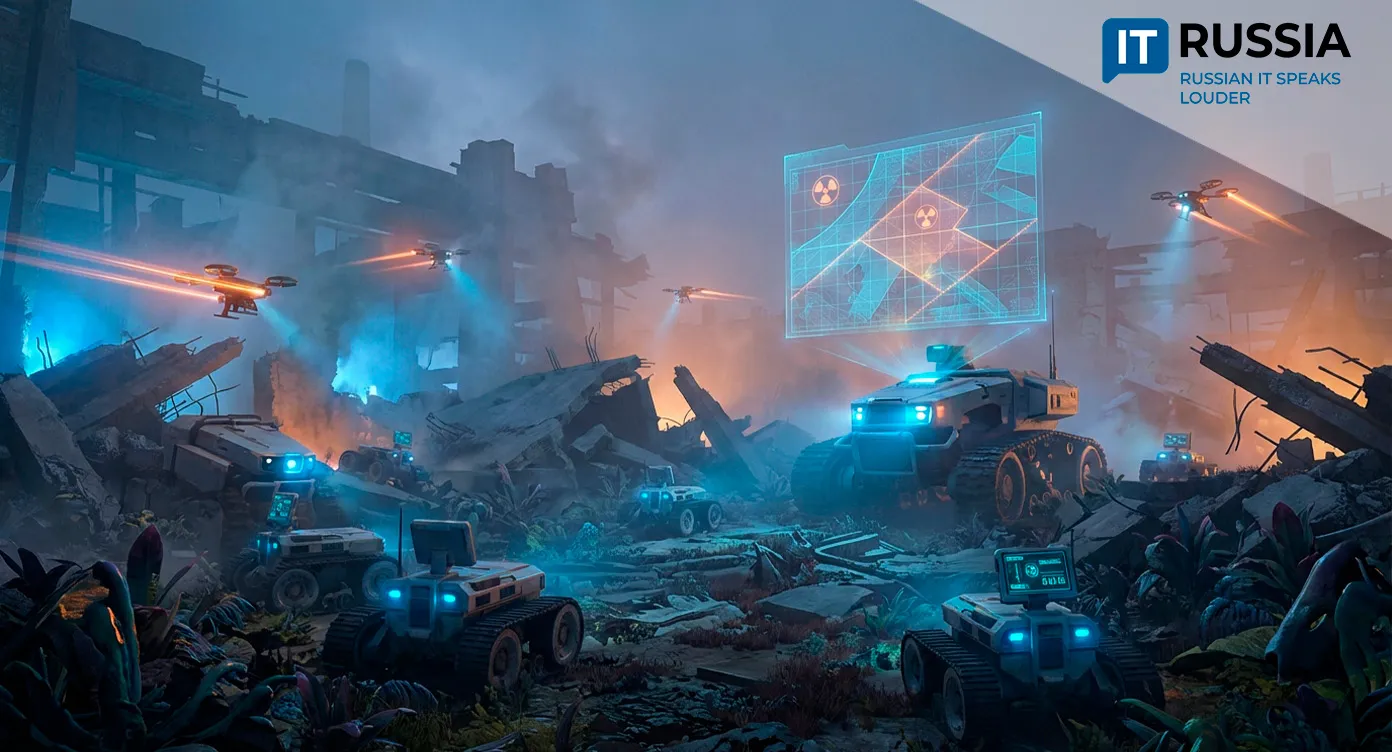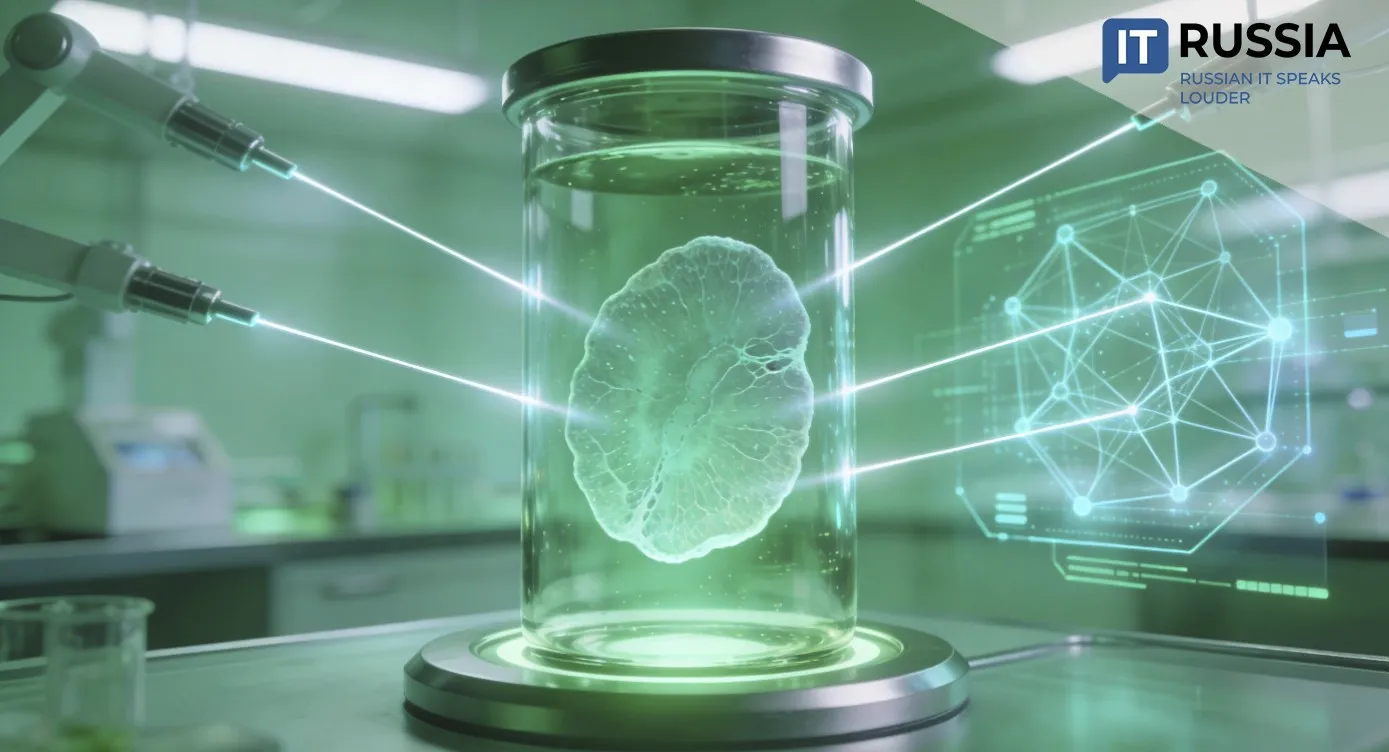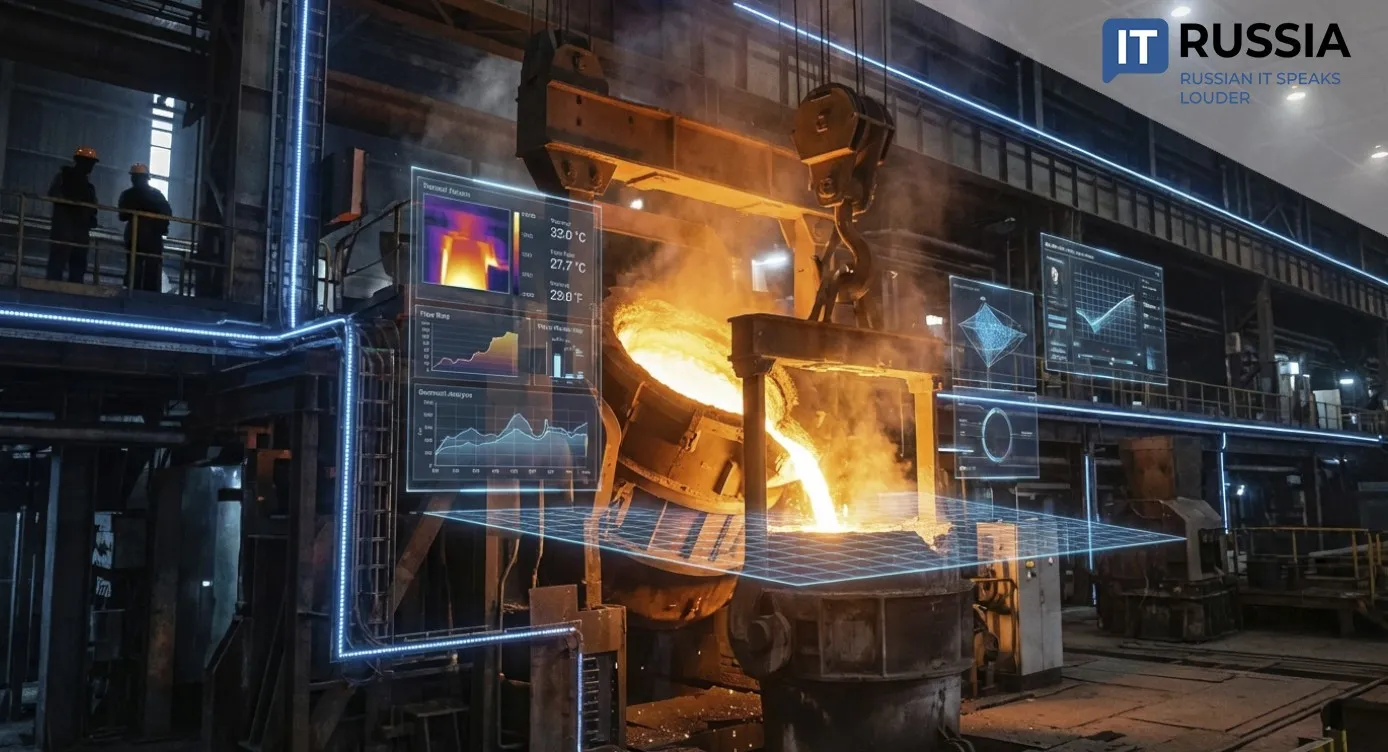Russian AI Helps Detect the 'Silent Fracture' Disease
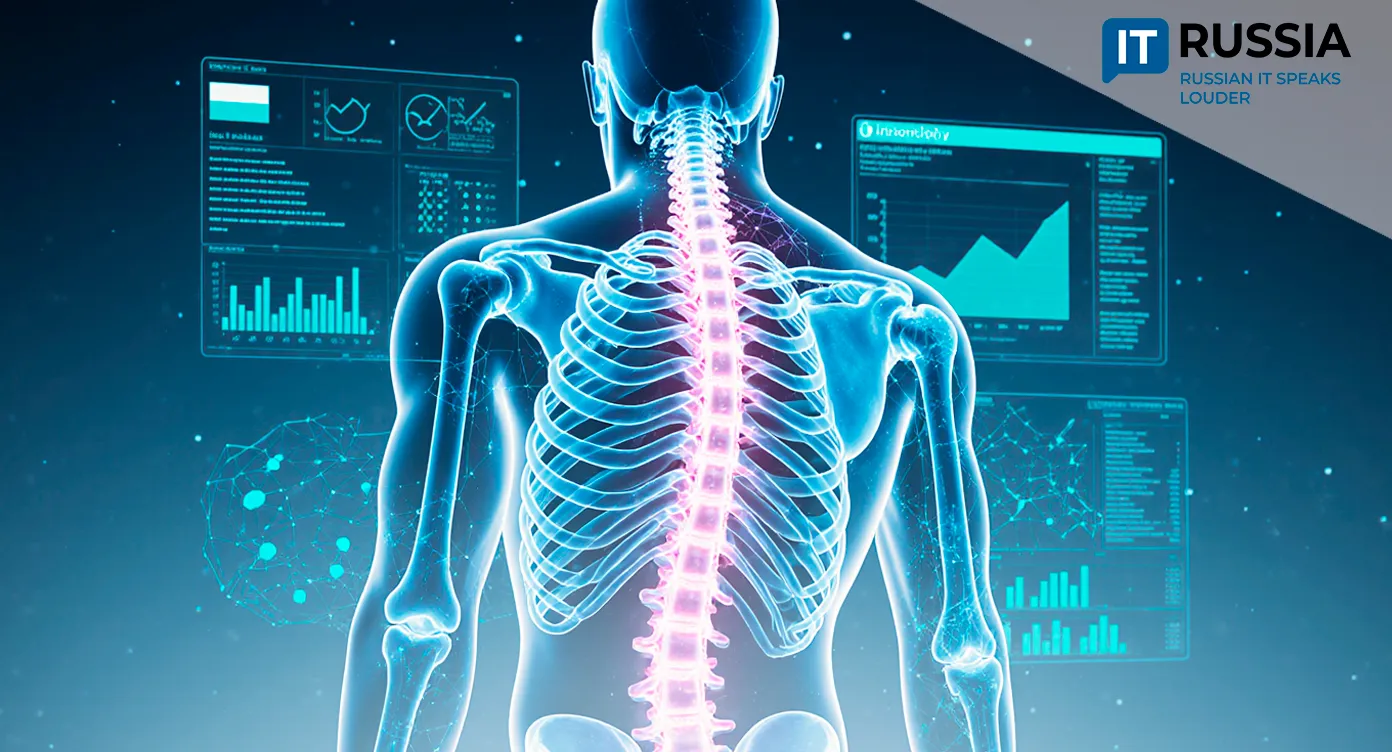
Russian researchers continue to demonstrate the country’s high technological potential. They have developed an algorithm that analyzes chest CT scans and X-rays to automatically detect osteopenia, vertebral deformities, and fractures.
Bone Strength Under AI Supervision
A team from the Moscow Center for Diagnostics and Telemedicine, together with colleagues from the University of Wisconsin and the Endocrinology Center, has created a neural network algorithm that can identify osteoporosis using ordinary chest CT scans initially performed during the COVID-19 pandemic.
The study included 1,888 patients over 50 who underwent CT scans in Moscow hospitals and outpatient clinics. For Moscow, this became the 41st clinical area where computer vision is applied. The algorithm analyzed vertebral compression and bone mineral density. The results were striking: osteopenia was found in 26.5% of patients, particularly women over 60. Vertebral deformities were observed in 17.8% of cases, and fractures in 5.5%. These findings were verified by radiologists with 15–35 years of experience, confirming the reliability of the AI system and its readiness for clinical practice.
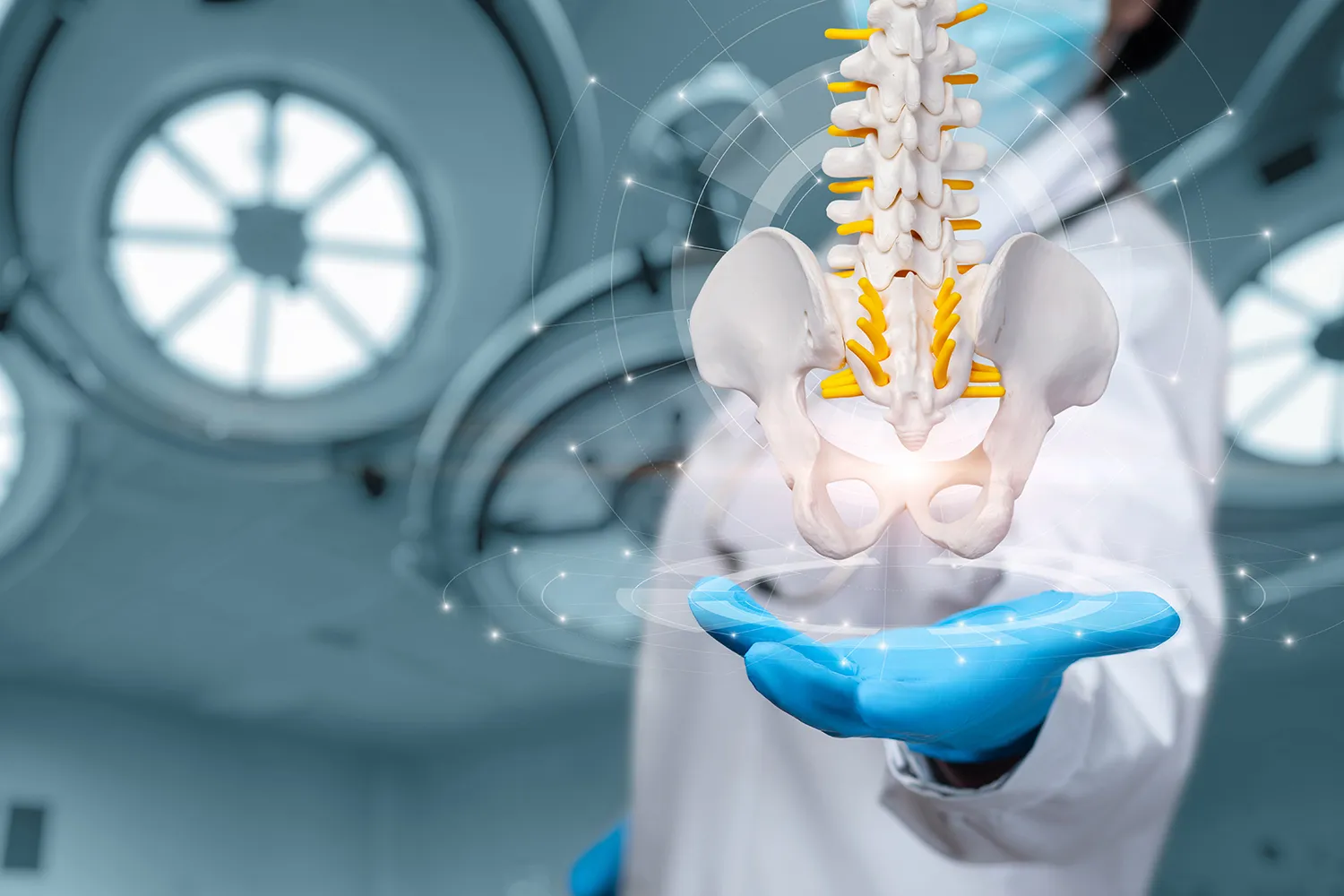
A distinctive feature of the approach is that it leverages existing CT scans without exposing patients to additional radiation or costs. Even a routine X-ray can serve as an early diagnostic tool, greatly expanding the reach of screening. This creates opportunities for mass adoption since radiological exams are widely available across Russian regions, including rural areas where DXA scanners are scarce.
A New Diagnostic Approach
For Russian citizens, this technology improves early detection of osteoporosis and reduces the risk of fractures. Osteoporosis is often called the 'silent fracture' disease because symptoms go unnoticed until serious injuries occur—leading to disability and diminished quality of life.
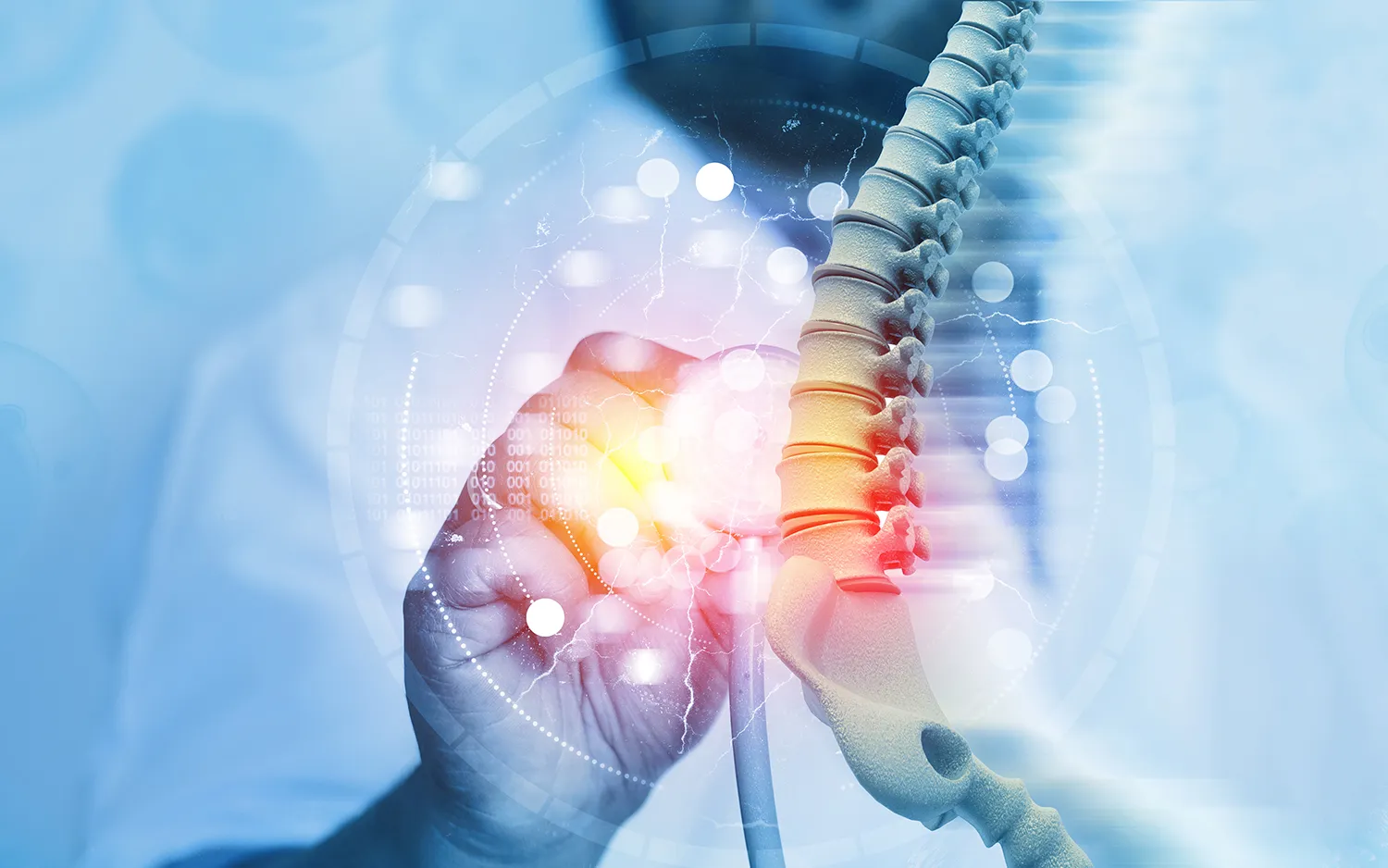
For regional healthcare systems, the technology opens the door to preventive medicine in remote and sparsely populated areas. On a national level, it promises to ease the burden on healthcare by reducing disability rates through timely detection. Internationally, the solution could be exported to countries with limited resources where DXA equipment is unavailable.
Prospects and Export Potential
The potential of the technology is impressive. Expansion to other bones, such as the hips and lumbar spine, is already under consideration. Integration with electronic medical records and X-ray stations through Moscow’s EMIAS system is also planned. This will make diagnostics more accessible and efficient while reducing physician workloads.
Field trials on various equipment models will ensure stability and accuracy in real-world conditions. Over the past five years, Russia has achieved notable progress: earlier AI tools assessed lumbar spine and hip density from X-rays with 84–86% accuracy for osteopenia. Chest CT–based approaches achieved AUC scores up to 0.93 for detecting thoracic bone density issues and 0.95 for compression fractures. The latest 2024 studies used hand X-rays with an AUC of 0.83, highlighting continuous improvement in Russian medtech.
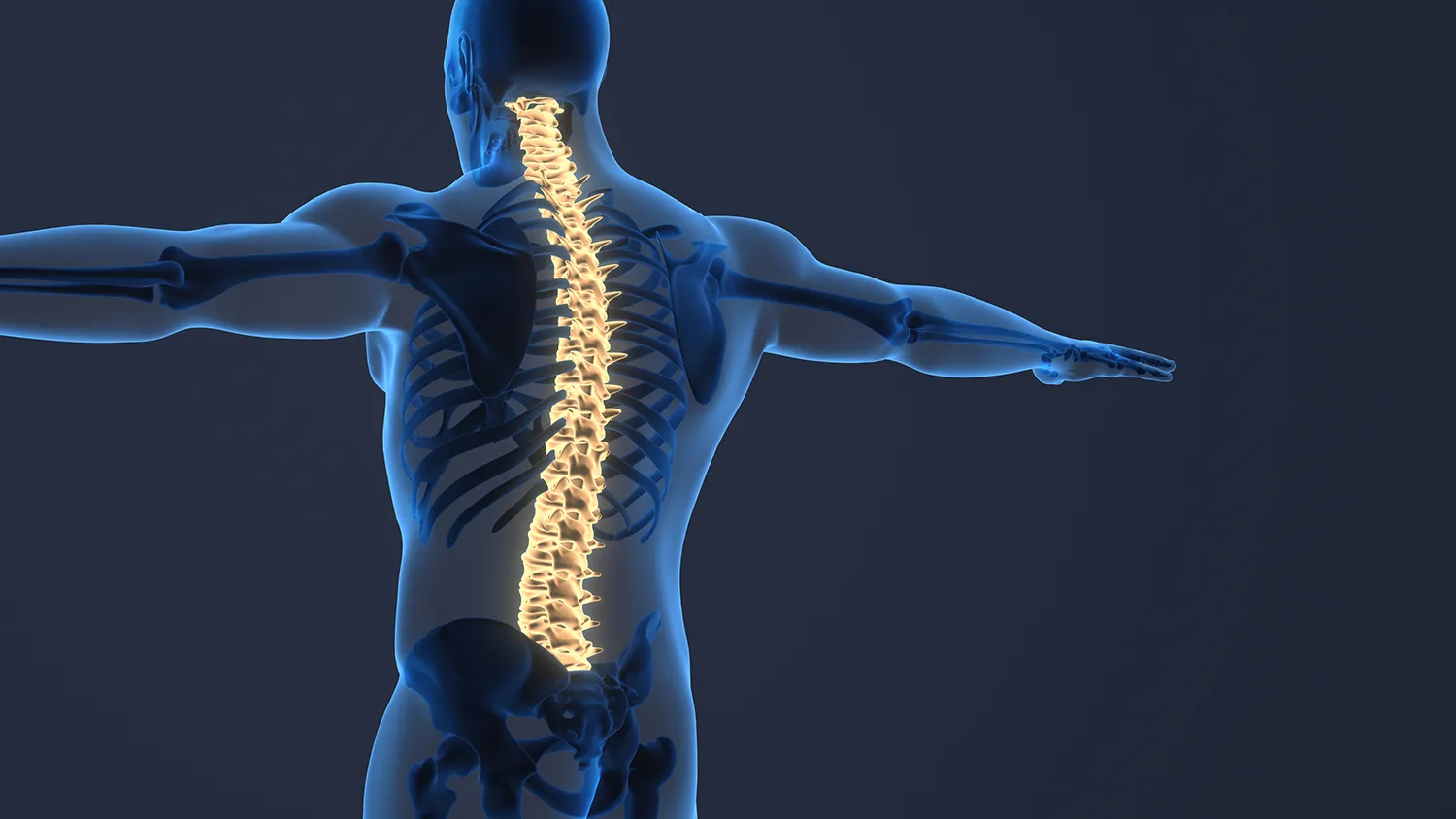
Scale and Global Trends
Today, Russia’s experience shows that AI can transform healthcare: from X-rays to CT scans, from spines to hands—enhancing accessibility, accuracy, and automation in osteoporosis diagnostics.
Within the next 1–3 years, pilot implementations in clinics are expected, with nationwide rollout planned in 3–5 years, including state screening programs and potential software exports. In the long term, multi-purpose AI systems will emerge to analyze multiple conditions—osteoporosis, fractures, tumors—at once. Russia is proving that large-scale, safe, and non-invasive screening is within reach, helping strengthen public health and reduce the strain on healthcare systems.
In short, Russian researchers have reaffirmed the country’s leadership in digital medicine. Their achievement shows that AI is not just a tool but a genuine opportunity for mass, accessible, and safe disease screening that improves quality of life and sets an example for the world.








